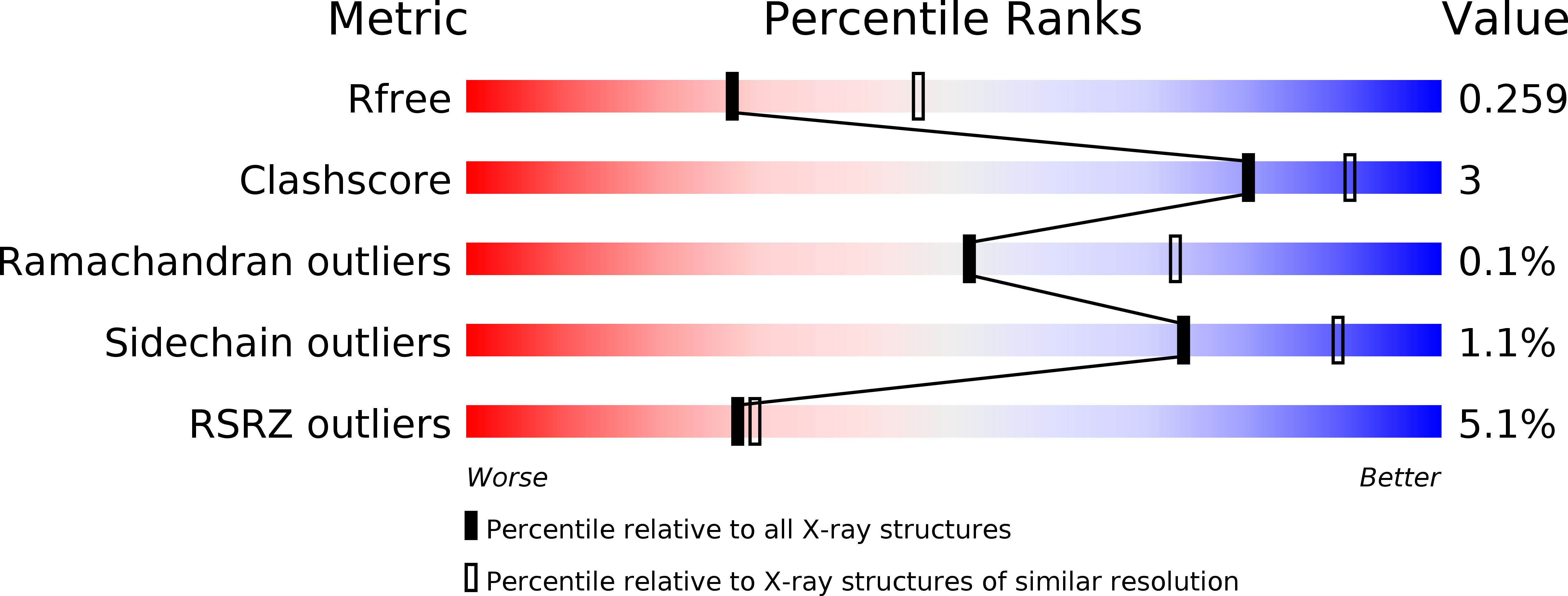
Deposition Date
2012-10-04
Release Date
2013-01-23
Last Version Date
2023-09-20
Entry Detail
PDB ID:
4HEV
Keywords:
Title:
Clostridium Botulinum Serotype A Light Chain Inhibited By Adamantane Hydroxamate
Biological Source:
Source Organism:
Clostridium botulinum (Taxon ID: 1491)
Host Organism:
Method Details:
Experimental Method:
Resolution:
2.50 Å
R-Value Free:
0.24
R-Value Work:
0.20
R-Value Observed:
0.20
Space Group:
P 1 21 1


